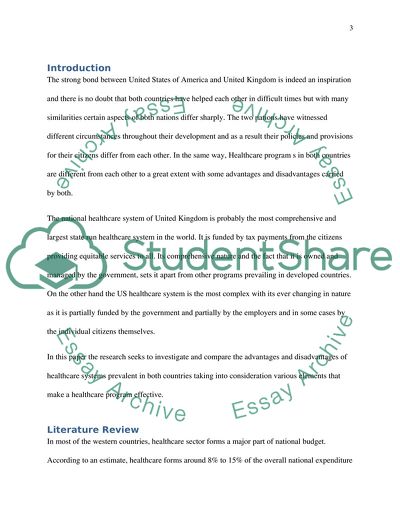Cite this document
(National Healthcare System in the UK Assignment, n.d.)
National Healthcare System in the UK Assignment. Retrieved from https://studentshare.org/health-sciences-medicine/1785926-national-health-service-in-uk
National Healthcare System in the UK Assignment. Retrieved from https://studentshare.org/health-sciences-medicine/1785926-national-health-service-in-uk
(National Healthcare System in the UK Assignment)
National Healthcare System in the UK Assignment. https://studentshare.org/health-sciences-medicine/1785926-national-health-service-in-uk.
National Healthcare System in the UK Assignment. https://studentshare.org/health-sciences-medicine/1785926-national-health-service-in-uk.
“National Healthcare System in the UK Assignment”, n.d. https://studentshare.org/health-sciences-medicine/1785926-national-health-service-in-uk.


